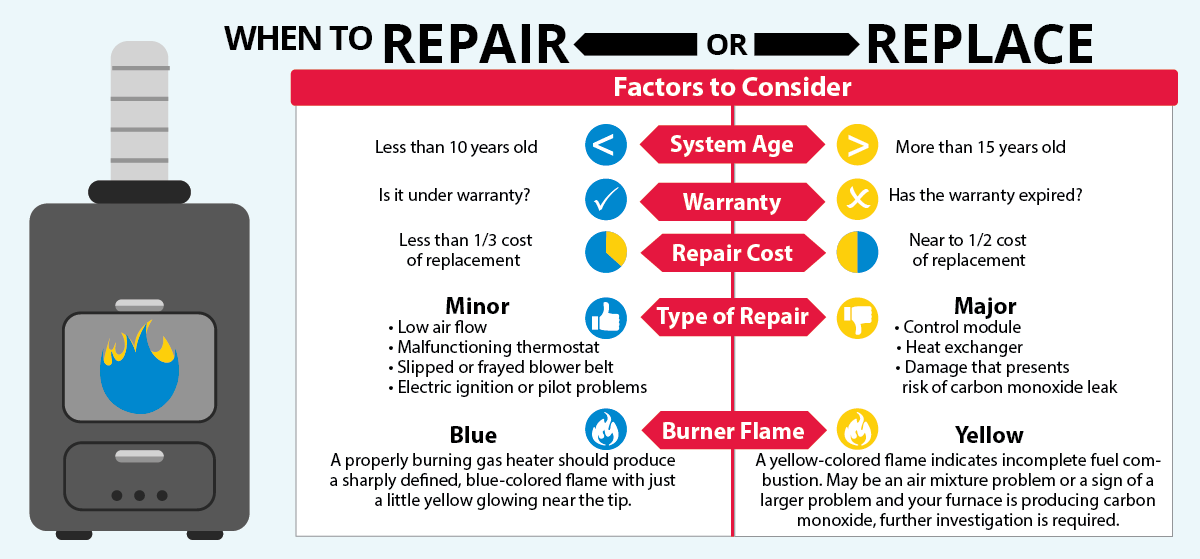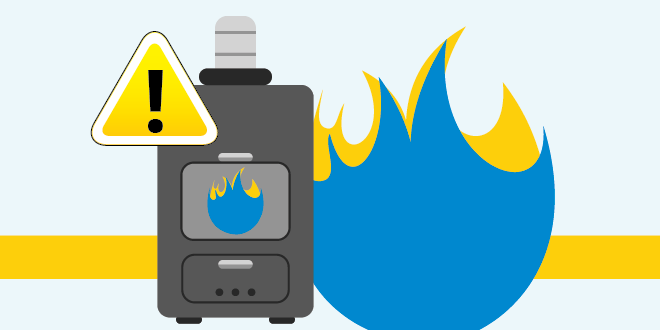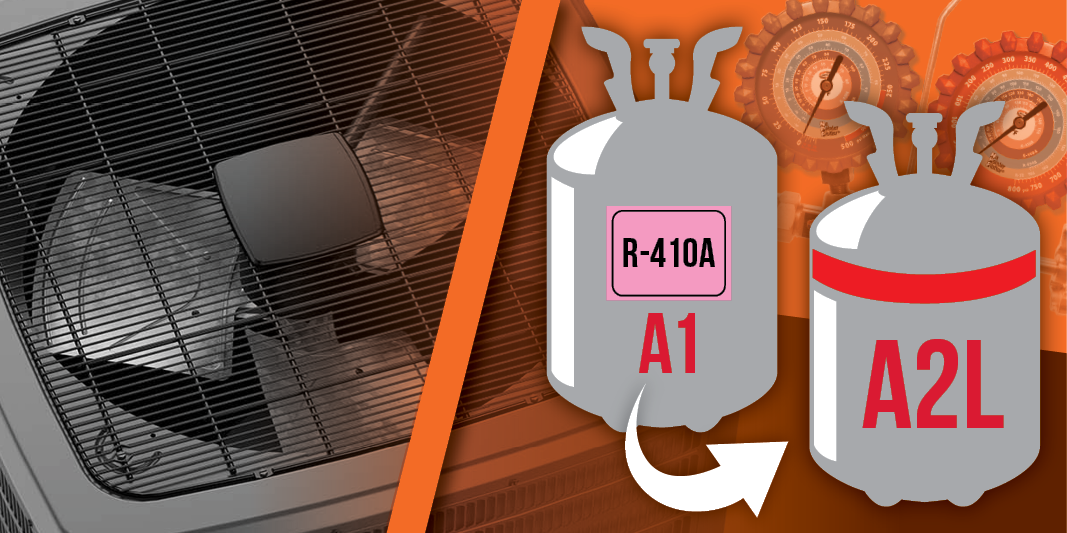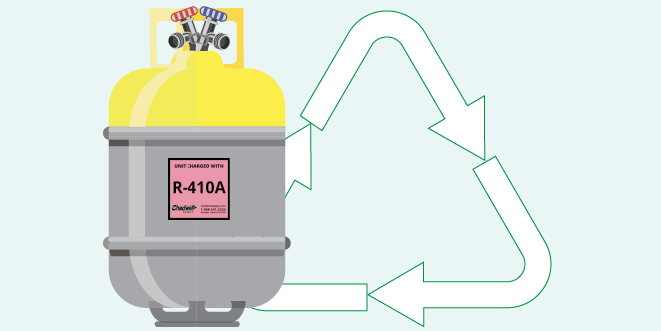Furnace Replacement
How to Know When to Repair or Replace a Furnace
The average life expectancy of a furnace is 15 to 20 years old. In fact, EnergyStar.gov recommends replacing units that are more than 15 years old. But it’s not all about age—there are other warning signs that the end of the furnace’s life may be near. Knowing these nine signs will help determine whether to repair or replace a broken furnace. Making a smart decision is key to keeping residents happy and managing costs at the same time.
Knowing When to Repair or Replace
The easiest way to prolong the life of any furnace is with regular cleaning and periodic preventive maintenance. After all, when the furnace is working properly, residents are comfortable and you’re probably not receiving any work orders. However, the moment that changes…you know about it.
When a part malfunctions or a unit stops working, how do you decide if it’s time to repair or replace it? Many times there is a clear answer, such as if it is under warranty or it is not that old, but when the unit is older, there is more grey area. Use the chart as a guide to help make the right decision for both the resident’s comfort and the bottom line.

9 Warning Signs
1. Frequent Repairs
The last two years of a furnace’s life are often filled with breakdowns and issues that need repairs, these could be a warning to replace it before the coldest winter months.
2. Strange Noises or Smells -
- Listen for banging, popping, rattling, and screeching noises. Check to see if the blower turns on and off frequently and observe if it blows cold air. Odd noises and inconsistent operation may be signs of age.
- Odors can also indicate there may be an issue. A rotten egg smell could indicate a gas leak. Metal or iron smells could be the furnace motor. It is extremely important to remember that carbon monoxide, which is found in the furnace emissions, is odorless. It is poisonous and can cause sickness and even death. This is one of the reasons a working carbon monoxide detector is recommended in all units.
3. Dusty or Dry Air
Old furnaces often lack the ability to moisturize and clean the air, which can cause increased issues with allergies. Rooms may feel stuffy or stale.
4. Temperature Variations
Old furnaces may not heat rooms evenly. If some rooms are too hot and others are too cold this could be a sign that the furnace is ending its’ lifespan. Needing to frequently adjust the thermostat can be another sign of uneven heating or it could be a sign that there are issues with the thermostat.
5. Significant Heating/Fuel Bill Increases
Older furnace models work harder and longer to produce the same amount of heat as a newer model. This will increase the use of gas/electric due to the frequent consumption of fuel and will show in the form of higher gas/electric bills. Newer units are more efficient.
6. Excessive Moisture
If you find condensation on ductwork or on other surfaces, it may be a warning sign that the furnace is not working to its full potential and is not circulating air properly or removing moisture from the air correctly. Prolonged damp air and surfaces can cause mildew and damage and should not go unchecked.
7. Rusting of Chimney Vents/Flue Pipes
Rusted vents and flue pipes are a sign there was moisture present in a place where there shouldn’t have been condensation. If this is the case it could mean that the flue pipe was incorrectly sized or is not venting properly. If hot exhaust is allowed to cool down and condense in the pipe, then it could drain back to the furnace and leak out or it creates rust and corrosion that can allow carbon monoxide to leak into living spaces.
8. Soot Stains
The buildup of soot in and around the furnace can be a sign of overdue maintenance and is also a sign that the furnace is not working properly and heating to its’ full potential. As soot gathers on flues and chimneys it can burn and produce carbon monoxide that can easily spread room to room.
9. It’s Just Old
It can be harder to find parts for older furnaces, which may be an issue when you need to make repairs quickly to restore heat to residents apartments. As a furnace ages, it can also develop cracks in the heat exchanger, increasing the risk of releasing dangerous carbon monoxide gas.






